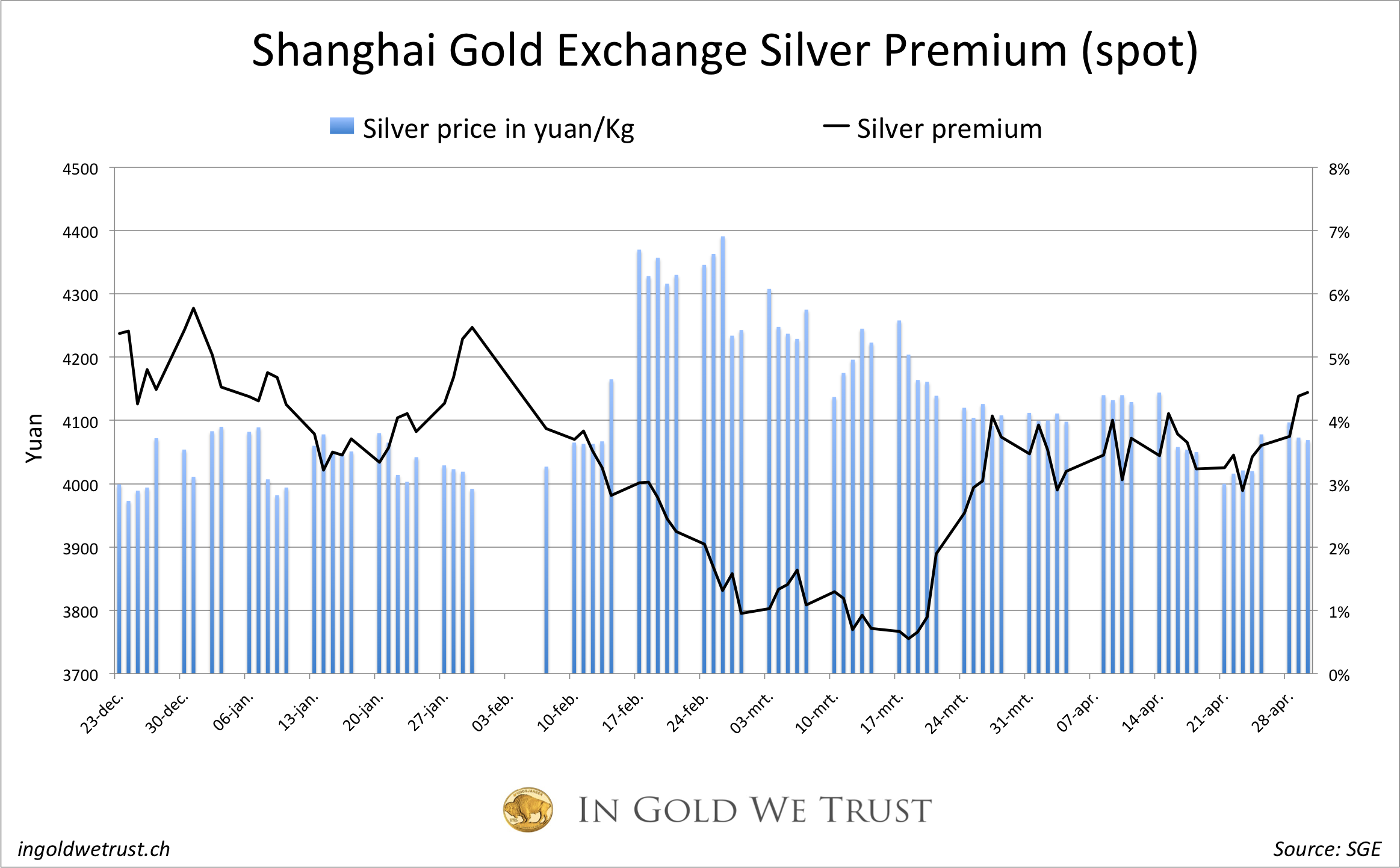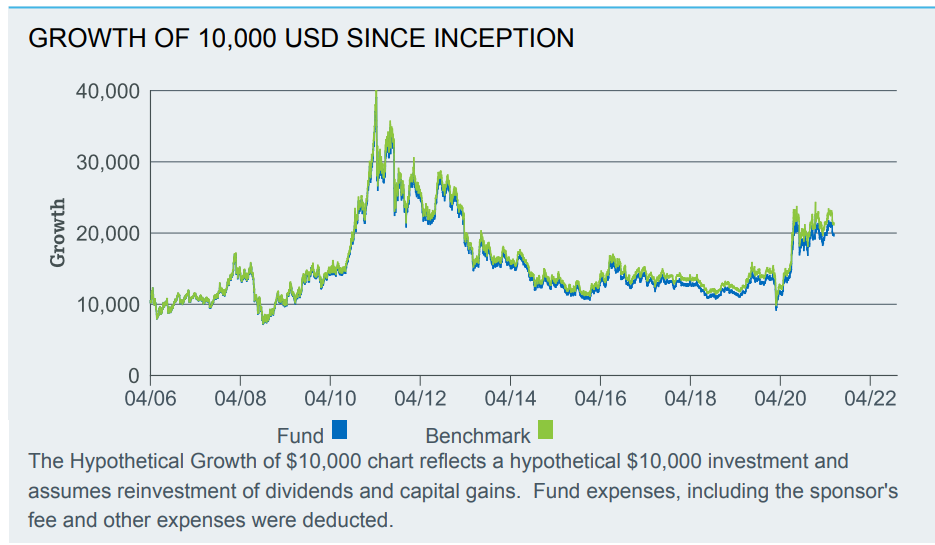Alright, folks, let’s talk gold. We’ve seen a slight dip in spot gold today, and the whispers are getting louder: is gold really the safe haven we thought it was? While easing trade tensions are certainly putting downward pressure on the shiny metal, the market isn’t exactly panicking – and that’s… interesting.
We’ve been conditioned to believe gold is the go-to asset during uncertainty. But the current reaction, or lack of reaction, suggests a potential shift in investor sentiment. Are they starting to question gold’s fundamental role?
Let’s unpack this a bit. Gold traditionally thrives on fear. When the world feels unstable, investors flock to it as a store of value. However, a managed de-escalation of geopolitical risks reduces that fear premium.
Now, a quick knowledge boost for those newer to the precious metals game:
Gold’s perceived safety comes from its limited supply and historical role as a currency. It doesn’t rely on any single government.
However, gold doesn’t pay interest or dividends. Its value is purely speculative, based on supply, demand, and broader economic factors.
Inflation is often cited as a gold driver. The thinking is that gold holds its value when currencies are devalued by inflation. This isn’t always a clear-cut relationship, however.
Interest rate hikes also typically hurt gold. Higher rates make bonds and other yield-bearing assets more attractive than non-yielding gold.
So, what does this mean for the future? I’m not calling for a gold crash, far from it. But we need to be realistic. The era of easy gains in gold might be over. We need to watch risk appetite closely. If investors continue to favor growth assets, gold could face continued headwinds. Don’t get caught chasing a narrative that’s losing its steam. Stay vigilant, and always protect your capital.







